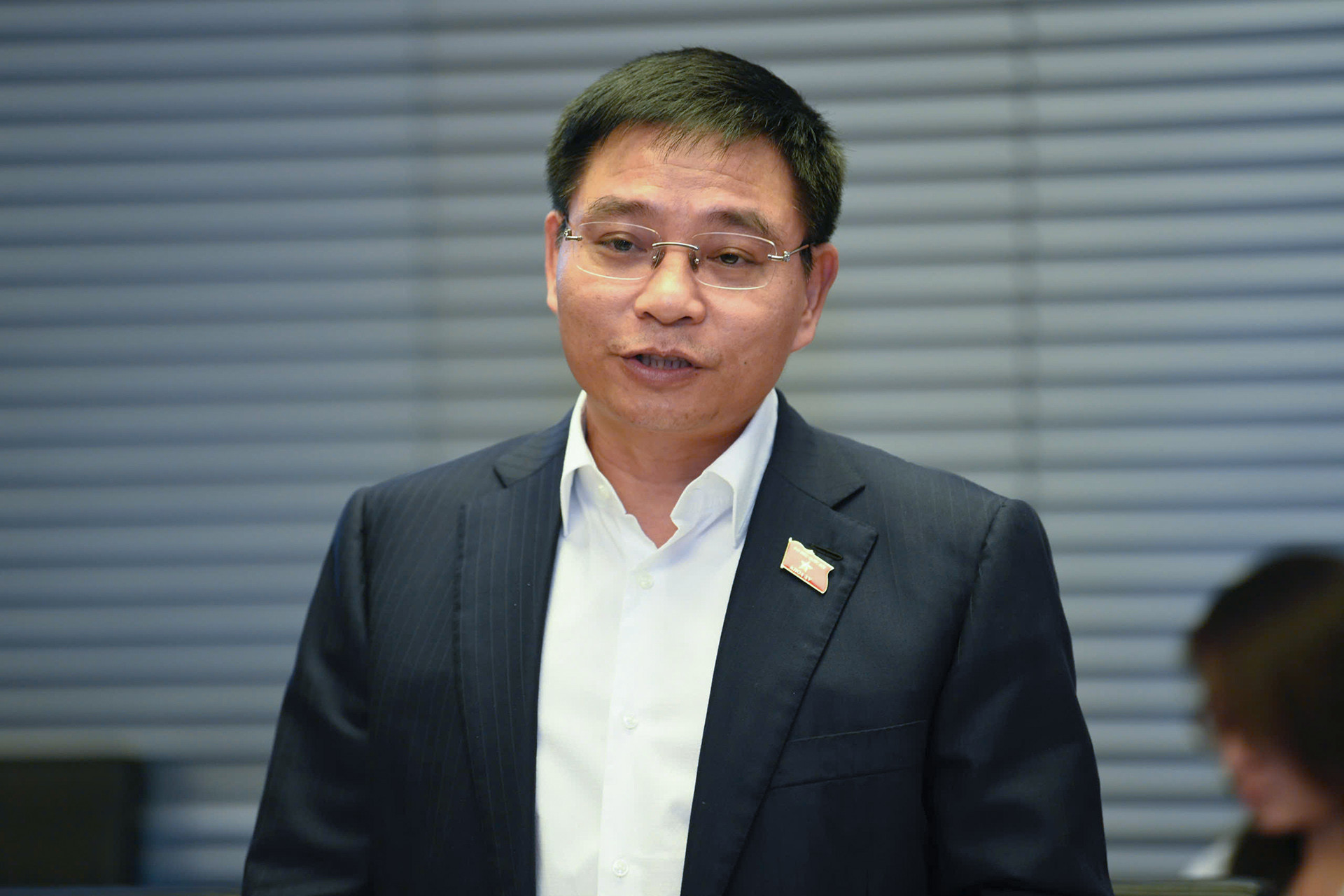On the morning of November 13, the National Assembly held a group discussion regarding the investment plan for the North-South high-speed rail project.
Minister of Transport Nguyen Van Thang stated that the high-speed rail will initially be dedicated to passenger transport, though it can be modified to transport goods as needed in the future.

According to projections, by 2050, the North-South route will require transportation of only around 18 million tons of goods annually, which can be accommodated by the existing rail network. Additionally, coastal shipping and road transport options are available. Globally, countries with high-speed rail systems primarily transport goods by sea or road.
The Minister cited examples from Japan, where the Shinkansen high-speed rail (300 km/h) only carries passengers, with a parallel rail system in place for freight.
"In Japan, 50 years ago, rail transport accounted for 30% of total freight; now, it accounts for only about 4-5%, while coastal shipping handles 50% and road transport over 40%," said Minister Thang, highlighting similar trends in Vietnam’s transport needs.
The Minister added that high-speed rail requires freight to be containerized, with added costs for handling. “For urgent transport needs, we should use roadways; for bulk and low-cost shipments, coastal shipping remains ideal.”
He pointed out that countries are generally cautious about mixing passenger and freight transport on high-speed rail due to safety risks and lower efficiency, cautioning against shared use.
For the North-South route, the projected travel time from Hanoi to Ho Chi Minh City is about 5.5 hours. Minister Thang explained that there will be two train types: one reaching 350 km/h, stopping at five major stations, and another at 280 km/h with more local stops.
Addressing concerns over potential delays and cost overruns, similar to urban metro projects, he reassured that the Ministry has carefully reviewed causes for past project delays, noting three primary factors.
The first issue is the investment preparation phase, which is critical to avoid cost overruns.
“For previous urban metro projects, there was limited understanding of some complex train components, so we often recorded only the basic specifications. For this high-speed rail project, every detail will be clarified—from technical specifications to routes and technology,” he emphasized.
The second issue involves land clearance, which can be time-consuming and costly. Minister Thang proposed that the National Assembly allow the land clearance to be handled as a separate project, which would expedite the process.
Third, he noted that past reliance on Official Development Assistance (ODA) funding has meant limited choice of contractors, often resulting in increased costs.
"With this project, contractor selection will focus on quality and cost-effectiveness without being constrained by foreign loans. If borrowing is required, foreign loans will not exceed 30% of the total investment, approximately 46 trillion VND ($1.86 billion) annually, with low-interest rates and minimal restrictions," Minister Thang said.
The preferred option is to raise funds domestically through bond issuance.
For technology transfer, the Ministry of Transport has proactively engaged large Vietnamese companies and key enterprises from the Ministry of Defense to designate them as national partners for technology transfer in the future.
Regarding core technology, Minister Thang commented, "There is no immediate need for core technology transfer, as there are no plans for additional high-speed rail lines in the near future."
Tran Thuong